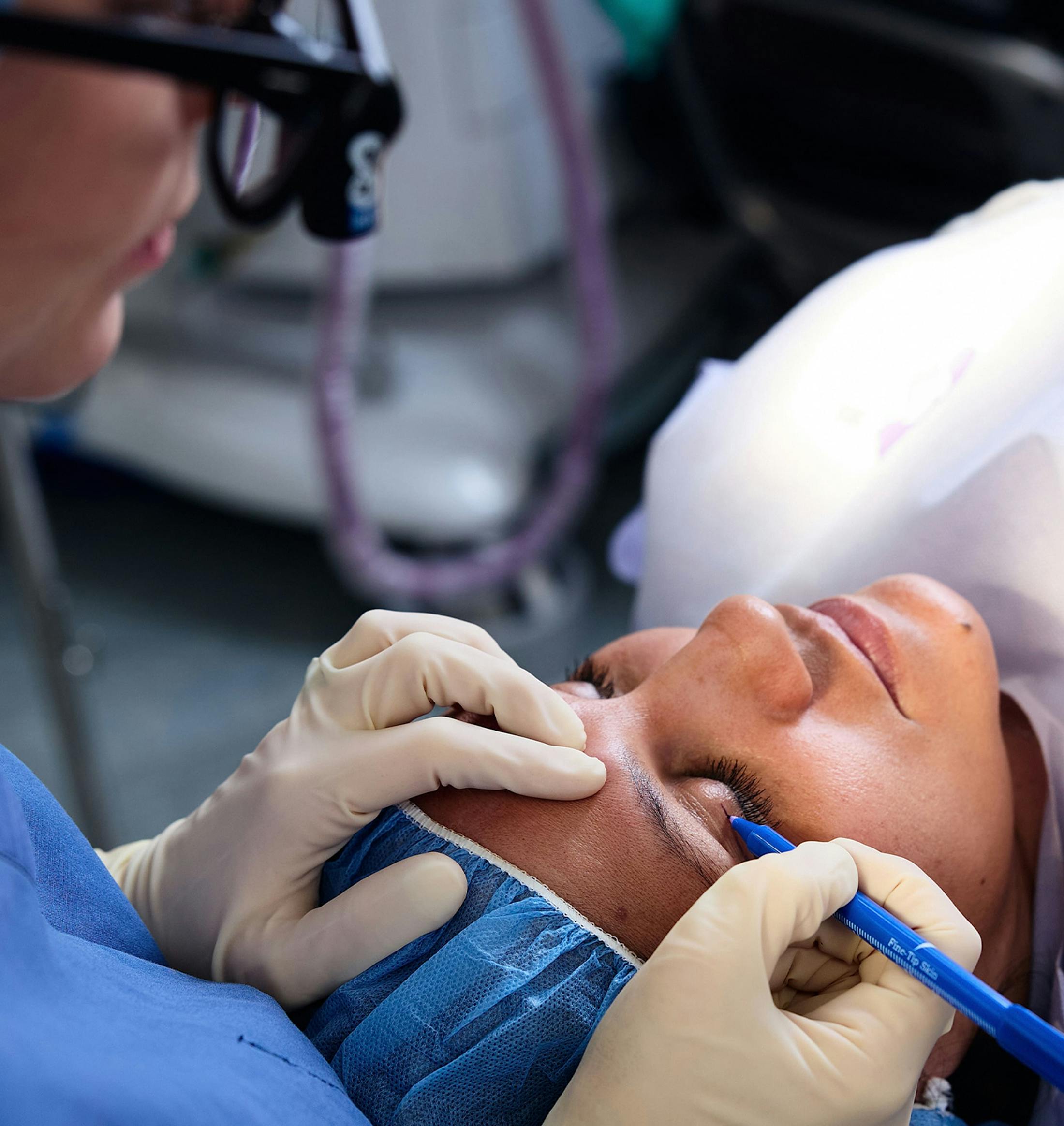Tumors within the orbit may be rare, but they require expert diagnosis and surgical care. Whether benign or malignant, timely treatment helps preserve vision, comfort, and eye alignment.
About Orbital Tumors
An orbital tumor refers to any abnormal growth within the eye socket, whether it arises from muscle, nerve, glandular tissue, or surrounding structures. These tumors may be benign or malignant and can occur at any age. Symptoms may include the following:
- Bulging or displacement of the eye
- Double vision or restricted movement
- Pain or pressure around the eye
- Vision changes
- Eyelid swelling or asymmetry












